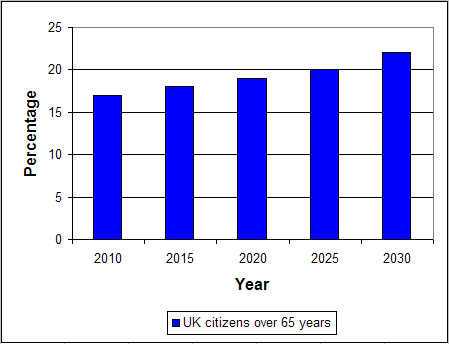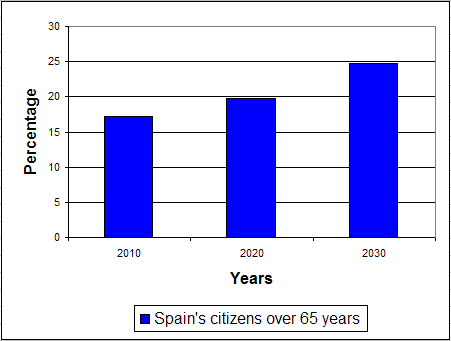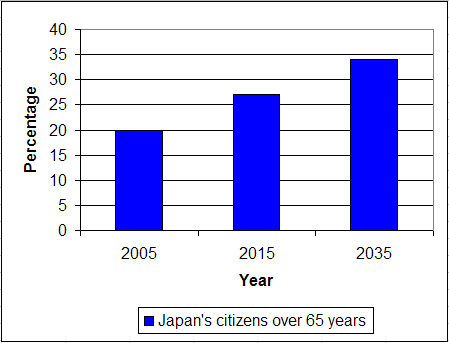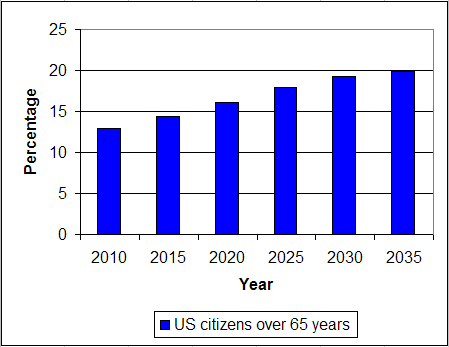Europe's age ratios
Notes
This table highlights the forecast differences across Europe over the next four decades between the numbers of older people and those in the so-called working age group.
In 2005, most countries were close to the EU average of 1 person over 65 for every four of working age (1:4).
The EU average in 2010 will be 26%, forecast to rise to 38% in 2030 and 50% in 2050.
Some individual countries within the EU vary considerably from the average.
[e.g. in 2030, Netherlands - 37%, Austria - 41%, and Italy - 45% compared with the EU-27 average of 40%]
These forecast changes between older people and younger people over the next few decades show that the older group is going to be more significant and emphasizes the need to:
- support older people in the workplace (note that many EU countries are currently raising the retirement age and people are also choosing to work longer) and
- support older people in the community
An accessible Web contributes to this.
Note to presenters:
European presenters may like to extract the percentages for their own country
- Reference:
- http://epp.eurostat.ec.europa.eu/cache/ITY_OFFPUB/KS-SF-08-072/EN/KS-SF-08-072-EN.PDF (PDF)
(see also the Eurostat Yearbook [PDF]) - Definitions:
- The EuroStat term of "old age dependency ratio" is the ratio of the population aged 65 and over as a % of the working-age population
- "working-age population" is defined by EuroStat as people between 16 and 64 years of age (UN definition is 15-60 years)
- "EU-27" represents the 27 countries that comprised the EU as at 1 January 2007







